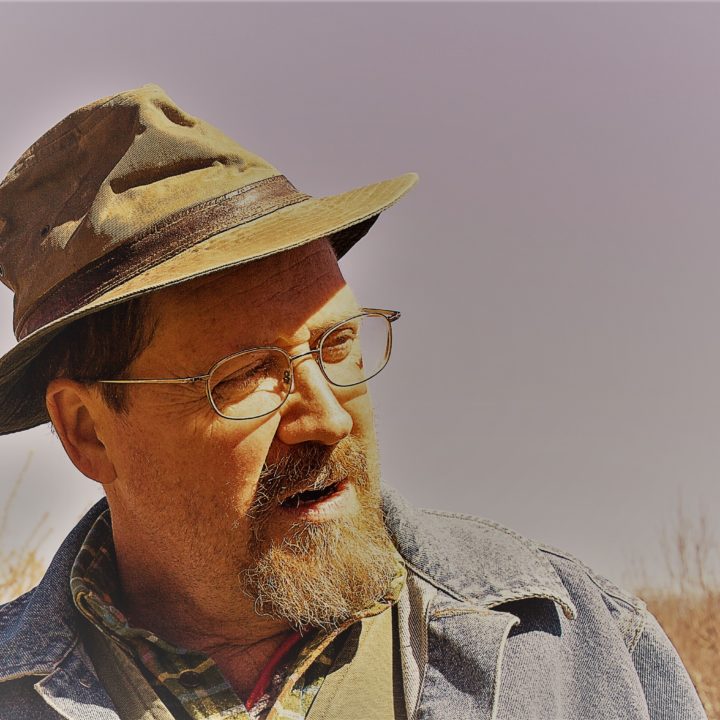
Here is one from the archives this week:
The past two weekends Caleb and I have been engaged in a massive fencing project, rebuilding three hundred yards of woodland fence. Some of the fence line dates back twenty years and some perhaps as old as forty. Condition of the barbed wire, size of trees that have grown up in the old fence line, type of wood used for posts all give some indication of the age of the fence. Pulling out the old fence and putting in the new has had me thinking about the visual clues of human settlement. A more knowledgeable observer of the natural world could point out botanical interlopers on our farm. I have to rely on more modest powers of observation.
It is hard to say how long our particular valley has been settled. European settlers, before finally pushing out the Cherokee in the early 1800’s, have now been in the area for 250 years. The Cherokee in turn had pushed out the previous inhabitants a few hundred years before that date. And I’m sure wave after wave of earlier inhabitants engaged in the same activity. But any visual evidence of long inhabitance in this particular valley is slight. Our soil is poor and the land is hilly. Neither are virtues that encouraged settlement until the growth of our current population.
We have no grand antebellum homes in our valley or even prosperous 19th century farm houses. The housing stock dates back at the oldest to the 1920’s with most from around the 1950’s. My guess is that the older families moved in as improved roads and vehicle transportation made settling more marginal land viable.
Over these fourteen years I have found one flint scraper used to clean hides, an indication of at least the passing through of older Americans on this land. And we find the occasional mule shoe in a pasture indicating that the hills have been worked before the use of tractors. But in our locale that could be as recent as 1960, though that could once again become the preferred or only method. Other mechanical debris turns up from time to time: spring tines, cultivating harrows and other twentieth century products of an agricultural bent. In the back forty on the edge of one field is a pile of mattress springs now covered in leaves and dirt, hardly an item to stir ones imagination.
Walking through the woods we see numerous trees that have two or four main trunks shooting from the base. I am sure you have noticed that when you cut down a small tree it often sends up shoots from the stump. Same thing in our woods, they were logged thirty years ago. The remaining stumps that sent up shoots are now mature trees.
Across one of our fields is a long swale that cuts diagonally across four acres. This is evidence of a previous fence that existed long enough to leave a tangible mark on the land. All of which brings me to the reminder that our presence is somewhat tenuous on whatever land we inhabit. We can abuse the land under our stewardship or take care of it. But the reality is that sooner or later someone else will be faced with that same task and deciphering evidence of our own passing.






